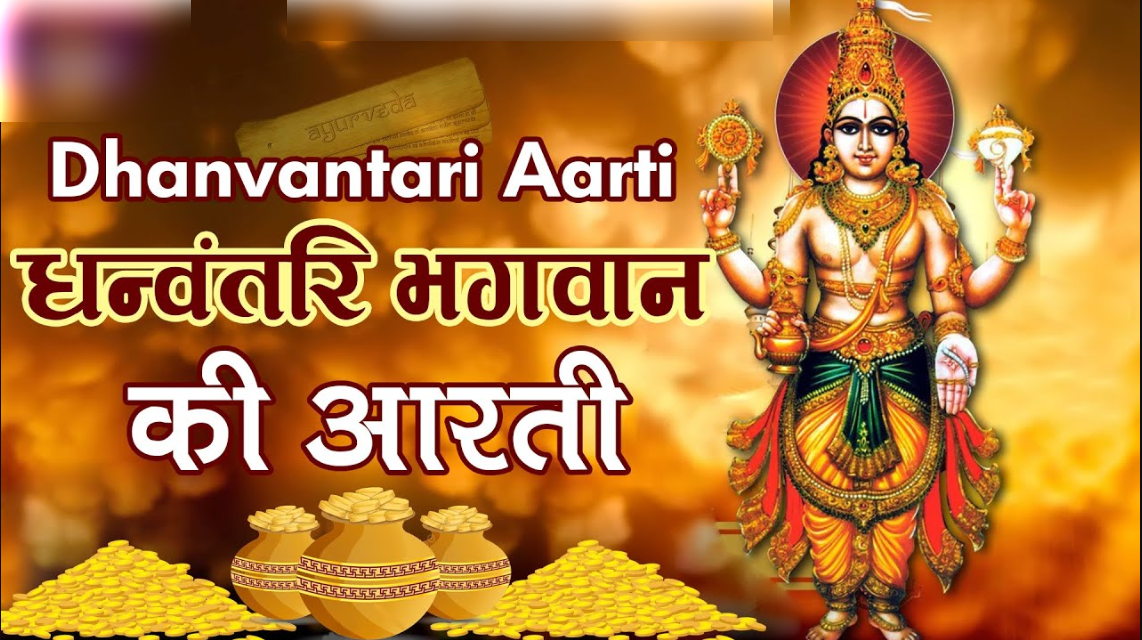Nava Durga Stotram In English
Nava Durga Stotram is a powerful hymn dedicated to the nine forms of Goddess Durga, known as Nava Durga. These nine manifestations are worshipped during the festival of Navratri and represent different aspects of divine energy. Reciting the Nava Durga Stotram is believed to invoke the blessings of the Goddess, granting protection, strength, and success in life.
Meaning and Significance of Nava Durga Stotram
The Nava Durga Stotram is a Sanskrit hymn that glorifies each of the nine forms of Goddess Durga. It highlights their attributes, divine powers, and their role in destroying evil forces. Devotees chant this stotram to seek courage, wisdom, and spiritual upliftment.
Each form of Durga is associated with specific qualities and benefits for devotees. The nine forms are:
- Shailaputri – The daughter of the mountains, symbolizing strength and purity.
- Brahmacharini – The goddess of wisdom and penance.
- Chandraghanta – The warrior goddess who removes negativity.
- Kushmanda – The creator of the universe and source of cosmic energy.
- Skandamata – The mother of Lord Kartikeya, representing maternal love.
- Katyayani – The fierce goddess who destroys evil.
- Kalaratri – The goddess of time and death, removing fear.
- Mahagauri – The symbol of peace and purity.
- Siddhidatri – The granter of wisdom and spiritual enlightenment.
Benefits of Reciting Nava Durga Stotram
Chanting the Nava Durga Stotram with devotion is believed to bring several spiritual and material benefits, including:
- Removal of negativity and obstacles from life.
- Granting of wisdom, strength, and prosperity.
- Protection from evil forces and bad influences.
- Improvement in spiritual growth and inner peace.
- Success in personal and professional life.
|| Nava Durga Stotram ||
gaṇēśaḥ
haridrābhañchaturvādu hāridravasanaṃvibhum ।
pāśāṅkuśadharaṃ daivammōdakandantamēva cha ॥
dēvī śailaputrī
vandē vāñChitalābhāya chandrārdhakṛtaśēkharāṃ।
vṛṣārūḍhāṃ śūladharāṃ śailaputrī yaśasvinīm ॥
dēvī brahmachāriṇī
dadhānā karapadmābhyāmakṣamālā kamaṇḍalū ।
dēvī prasīdatu mayi brahmachāriṇyanuttamā ॥
dēvī chandraghaṇṭēti
piṇḍajapravarārūḍhā chandakōpāstrakairyutā ।
prasādaṃ tanutē mahyaṃ chandraghaṇṭēti viśrutā ॥
dēvī kūṣmāṇḍā
surāsampūrṇakalaśaṃ rudhirāplutamēva cha ।
dadhānā hastapadmābhyāṃ kūṣmāṇḍā śubhadāstu mē ॥
dēvīskandamātā
siṃhāsanagatā nityaṃ padmāśritakaradvayā ।
śubhadāstu sadā dēvī skandamātā yaśasvinī ॥
dēvīkātyāyaṇī
chandrahāsōjjvalakarā śārdūlavaravāhanā ।
kātyāyanī śubhaṃ dadyādēvī dānavaghātinī ॥
dēvīkālarātri
ēkavēṇī japākarṇapūra nagnā kharāsthitā ।
lambōṣṭhī karṇikākarṇī tailābhyaktaśarīriṇī ॥ vāmapādōllasallōhalatākaṇṭakabhūṣaṇā ।
vardhanamūrdhvajā kṛṣṇā kālarātrirbhayaṅkarī ॥
dēvīmahāgaurī
śvētē vṛṣē samārūḍhā śvētāmbaradharā śuchiḥ ।
mahāgaurī śubhaṃ dadyānmahādēvapramōdadā ॥
dēvīsiddhidātri
siddhagandharvayakṣādyairasurairamarairapi ।
sēvyamānā sadā bhūyāt siddhidā siddhidāyinī ॥
Best Time to Chant Nava Durga Stotram
- The best time to recite this stotram is during Navratri, especially in the early morning after taking a bath.
- It can also be recited on Tuesdays and Fridays, which are dedicated to Goddess Durga.
- Devotees can chant this stotram daily for peace, prosperity, and protection.



